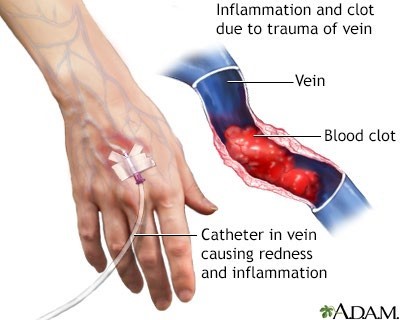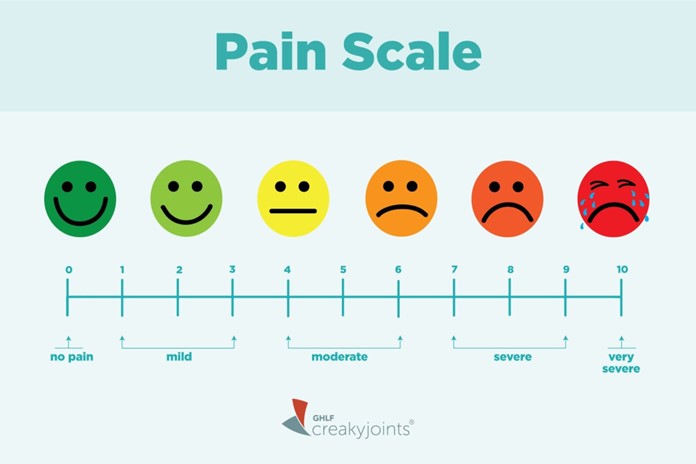A nurse in an acute care facility is preparing to transfer a client to a long-term care facility. Which of the following information should the nurse include in the hand-off report?
Time of the client's last bath
Effectiveness of the last dose of pain medication
Number of family members who have visited
Frequency of previous vital sign measurement
The Correct Answer is B
The correct answer is that the nurse should include information about the effectiveness of the last dose of pain medication in the hand-off report when transferring a client to a long-term care facility. This information is important for the receiving facility to continue managing the client's pain effectively.
Options a, c and d are not essential information to include in the hand-off report. The time of the client's last bath, the number of family members who have visited and the frequency of previous vital sign measurement are not critical for ensuring continuity of care during the transfer.
Nursing Test Bank
Naxlex Comprehensive Predictor Exams
Related Questions
Correct Answer is A
Explanation
The development of erythema (redness) along the path of the vein indicates phlebitis at the IV site. Phlebitis refers to inflammation of the vein, often caused by irritation or infection. When phlebitis occurs, the vein becomes inflamed and can appear red, warm, and tender to touch. Erythema is a characteristic sign of phlebitis and suggests that the client's IV site has become irritated or infected.
Let's now discuss why the other
Options are not the correct answers:
- Coolness of the client's left forearm: Coolness of the forearm is not typically associated with phlebitis. Instead, it may suggest compromised blood flow to the area, such as arterial insufficiency, rather than inflammation of the vein.
- Pallor of the client's left forearm: Pallor, or paleness, of the forearm is not a typical finding in phlebitis. It usually indicates reduced blood flow or decreased oxygenation to the area, which can be caused by factors other than inflammation of the vein.
- Pitting edema at the insertion site: Pitting edema refers to the indentation that remains when pressure is applied to an area of swelling and then release. While edema can occur at the insertion site of an IV, it is not a specific indicator of phlebitis. Edema can result from multiple causes, such as fluid overload or localized inflammation, and its presence does not necessarily confirm the presence of phlebitis.
In summary, the presence of erythema along the path of the vein is the finding that indicates the development of phlebitis at the IV site. This redness suggests inflammation of the vein, which can be caused by various factors including irritation or infection. The other
Options, such as coolness of the forearm, pallor of the forearm, or pitting edema at the insertion site, are not specific indicators of phlebitis and may be associated with different underlying conditions or factors.

Correct Answer is C
Explanation
If a client reports pain and informs the nurse that pain medications are not an option for managing their pain, the nurse can offer non-pharmacological interventions such as a back massage to help relieve the client's pain. This is an appropriate response by the nurse.
a. Telling the client that the pain medication will work if they just give it a chance is not an appropriate response as it dismisses the client's concerns and preferences.
b. The nurse should not recommend that the client take any herbal remedies without first consulting with the healthcare provider.
d. Asking the client why they think pain medication is not going to help them may be appropriate in some situations, but it is not necessarily the best initial response. The nurse should first offer non- pharmacological interventions to help relieve the client's pain.

Whether you are a student looking to ace your exams or a practicing nurse seeking to enhance your expertise , our nursing education contents will empower you with the confidence and competence to make a difference in the lives of patients and become a respected leader in the healthcare field.
Visit Naxlex, invest in your future and unlock endless possibilities with our unparalleled nursing education contents today
Report Wrong Answer on the Current Question
Do you disagree with the answer? If yes, what is your expected answer? Explain.
Kindly be descriptive with the issue you are facing.
